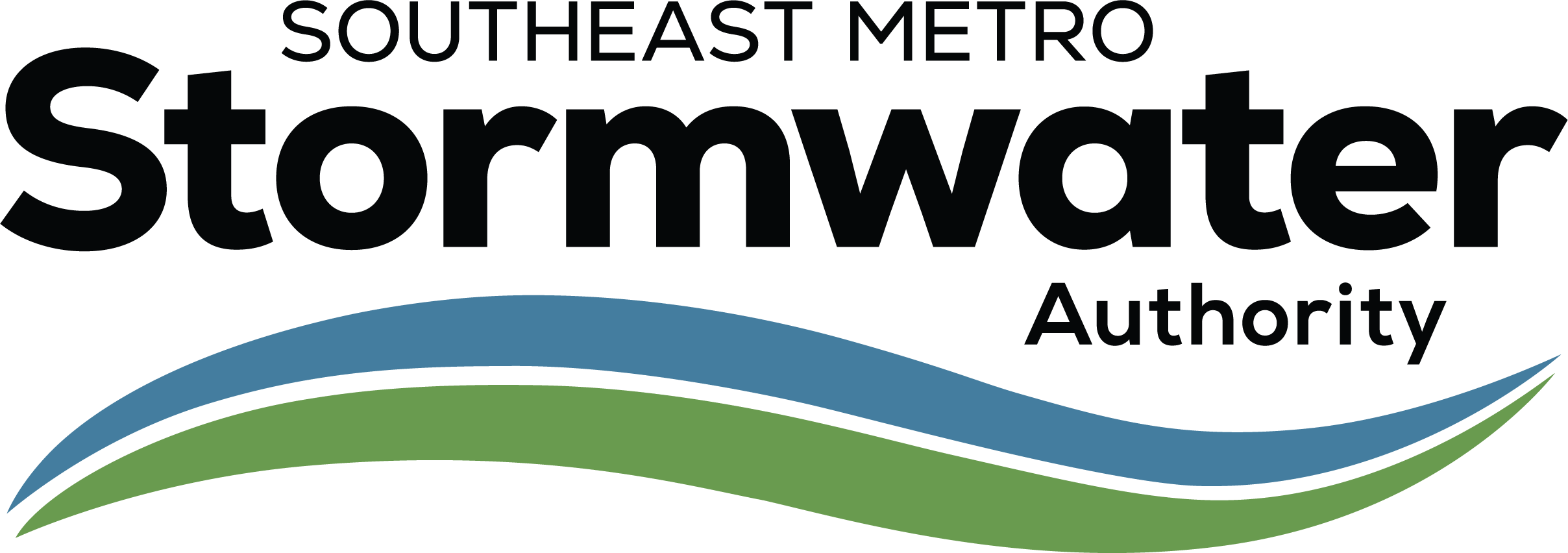Flood Reduction and Recovery
Let the severe September 2013 flooding in Colorado be a reminder that floods do happen in Colorado.

If you have a structure in a floodplain, it has a 26% chance of being damaged by a flood over the life of a 30-year mortgage and 25% of National Flood Insurance Program (NIP) loss claims are filed in areas of low to moderate flood risk.
FLOODING is the most frequent severe weather threat and the costliest natural disaster facing the nation. 90% of all natural disasters in the United States involve flooding. There are a number of things you can do before, during, and after a flood to reduce your risk.
Before a Flood:
- Have a disaster plan.
- Prepare a disaster supplies kit for your home and car. Include a first aid kit, canned food, can opener, bottled water, battery-operated radio, flashlight, protective clothing and written instructions on how to turn off electricity, gas, and water.
During a Flood:
- Move to a safe area quickly.
- Move to higher ground, like the highest floor of your home.
- Avoid areas subject to sudden flooding like low spots, bridges, culverts, and ditches.
- Avoid already flooded areas. If a flowing stream of water is above your ankles stop, turn around and go the other way.
- Do not attempt to drive through a flooded road. The depth of the water is not obvious and the road may be washed away.
- Kids should never play around high water or storm drains.
- Be cautious at night, because it’s harder to see flood dangers.
- If told to evacuate, do so immediately.
After the Flood:
- Boil drinking water.
- Electrical equipment should be checked and dried before used.
